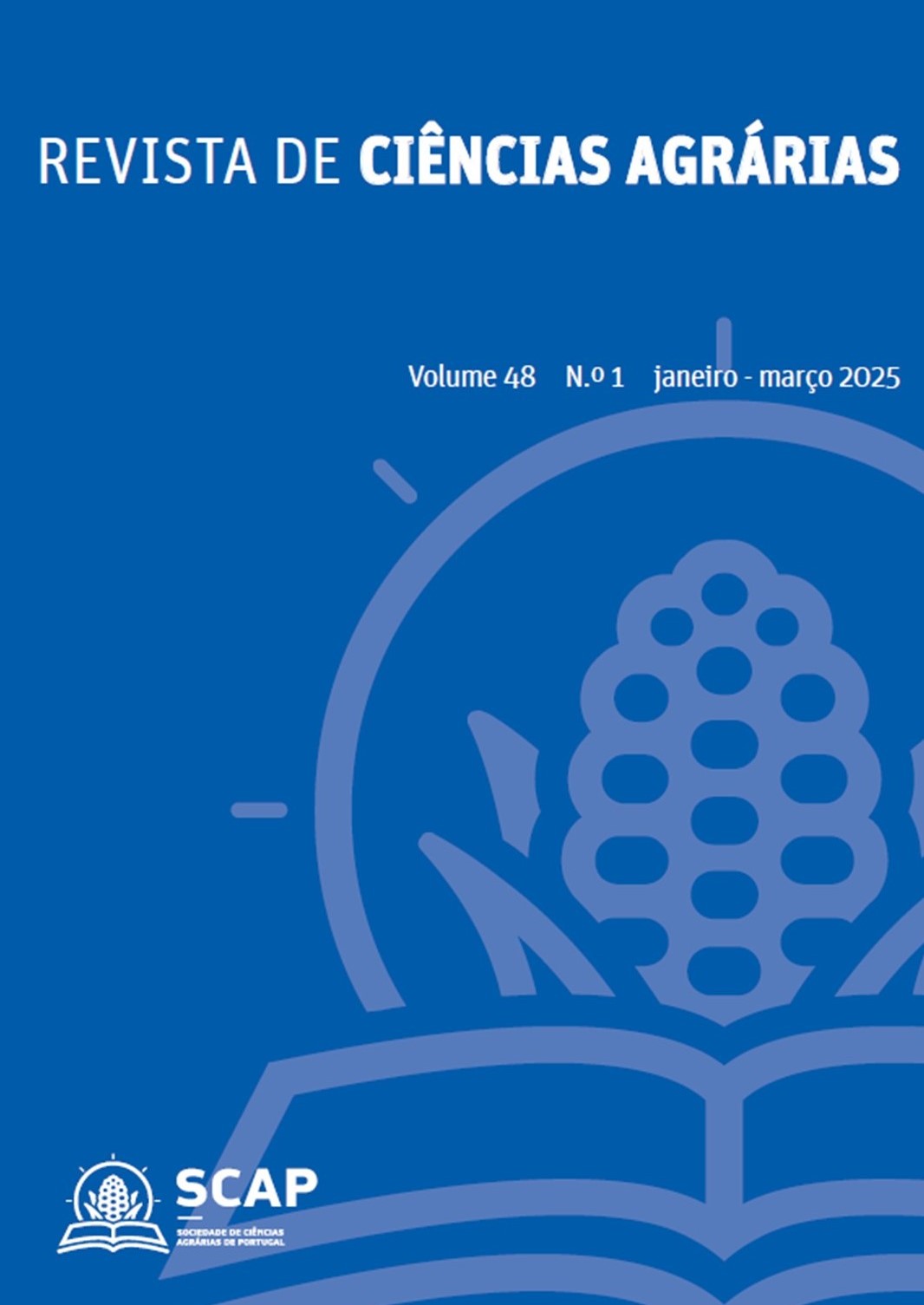Português Nemátodes entomopatogénicos: agentes de proteção biológica
Entomopathogenic nematodes: biological control agents
DOI:
https://doi.org/10.19084/rca.37884Resumo
Nesta revisão evidencia-se o elevado potencial de utilização de nemátodes entomopatogénicos (NEPs) como agentes de proteção biológica na redução das populações de insetos fitófagos que podem causar estragos e/ou insetos vetores de doenças, em produção sustentável de alimentos, como alternativa ou complemento aos produtos fitofarmacêuticos. Descobertos em 1923, a sua comercialização como biopesticidas iniciou-se em 1976 e, desde dessa altura, tem-se assistido ao aumento exponencial da investigação nesta área. Apresenta-se informação sobre os NEPs quanto à sua biologia, ecologia, modo de ação, aplicação, vantagens e limitações à utilização, bem como exemplos. Dadas as suas caraterísticas, que incluem uma grande variedade de hospedeiros associados, o uso de NEPs representa uma opção sustentável e de longo prazo na redução das populações de insetos fitófagos, e a sua aplicação adequa-se a programas de produção integrada e de agricultura biológica.


